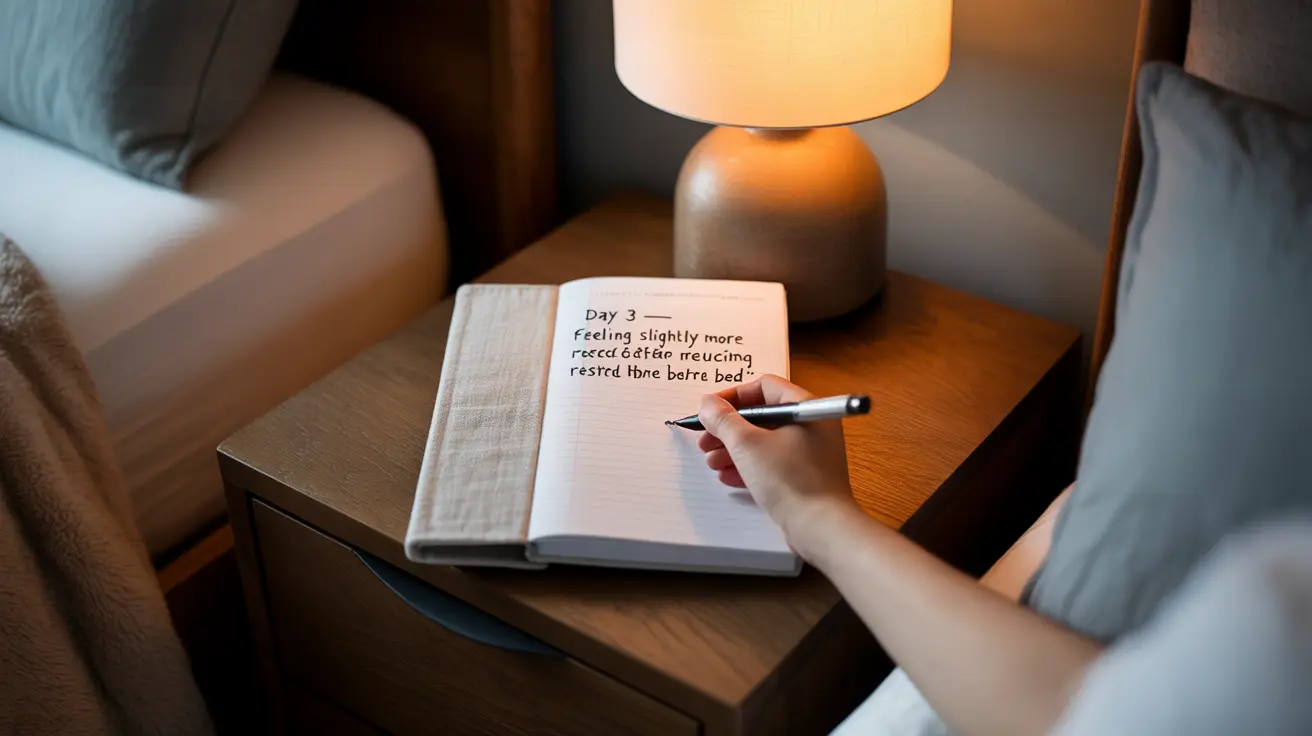For those struggling with chronic insomnia, sleep restriction therapy (SRT) offers a scientifically-backed approach to improving sleep quality and duration. This behavioral treatment method helps reset your sleep patterns by temporarily limiting time in bed, ultimately leading to more efficient and restorative sleep.
While it may seem counterintuitive to restrict sleep when you're already not getting enough, this evidence-based technique has shown impressive results in treating various types of insomnia. Let's explore how sleep restriction therapy works and whether it might be right for you.
Understanding Sleep Restriction Therapy
Sleep restriction therapy is a component of cognitive behavioral therapy for insomnia (CBT-I) that works by creating mild sleep deprivation. This increases your body's natural drive for sleep and helps consolidate sleep into a more consistent pattern.
The therapy begins by calculating your average actual sleep time and setting strict bedtime and wake-up schedules. Initially, you'll limit your time in bed to match your current average sleep duration, gradually increasing it as your sleep efficiency improves.
How the Process Works
The therapy follows a structured approach:
- Calculate your average sleep time over 1-2 weeks using a sleep diary
- Set a fixed wake-up time based on your schedule needs
- Determine bedtime by counting backward from wake time using your average sleep duration
- Maintain this schedule consistently, even on weekends
- Adjust time in bed based on sleep efficiency improvements
The Science Behind Sleep Restriction
Sleep restriction therapy works by strengthening your body's natural sleep drive and circadian rhythm. By limiting time in bed, you create a mild sleep deficit that helps override the irregular sleep patterns typical of insomnia.
This method helps break the cycle of lying awake in bed, which can create negative associations with bedtime and reinforce insomnia. The therapy aims to achieve a more consolidated and efficient sleep pattern.
Measuring Progress
Success in sleep restriction therapy is measured through sleep efficiency – the percentage of time in bed actually spent sleeping. The goal is to achieve and maintain a sleep efficiency of 85% or higher before gradually extending sleep opportunity.
Implementation and Adjustments
Sleep restriction therapy typically requires several weeks of consistent practice. Your sleep window will be adjusted based on your progress:
- Increase time in bed by 15-30 minutes when sleep efficiency exceeds 85%
- Maintain the current schedule if sleep efficiency is between 80-85%
- Decrease time in bed if sleep efficiency falls below 80%
Frequently Asked Questions
What is sleep restriction therapy and how does it work for insomnia?
Sleep restriction therapy is a behavioral treatment that temporarily limits time in bed to match actual sleep time, creating a mild sleep deficit. This increases sleep drive and helps consolidate sleep into a more efficient pattern, ultimately improving both sleep quality and duration.
How quickly does sleep restriction therapy improve sleep and what are its main benefits?
Most people begin seeing improvements within 2-3 weeks of consistent practice. The main benefits include reduced time to fall asleep, fewer nighttime awakenings, improved sleep quality, and better daytime functioning. However, individual results can vary.
Who should avoid sleep restriction therapy and what are its possible side effects?
People with bipolar disorder, seizure disorders, or certain other medical conditions should consult their healthcare provider before starting sleep restriction therapy. Side effects may include temporary increased daytime sleepiness, irritability, and reduced concentration during the initial phase of treatment.
Can I do sleep restriction therapy at home, or do I need a doctor or therapist?
While some people successfully implement sleep restriction therapy at home, working with a sleep specialist or therapist is recommended. They can provide proper guidance, monitor progress, and make necessary adjustments to ensure safety and effectiveness.
How does sleep restriction therapy compare to sleep hygiene or medication for treating insomnia?
Sleep restriction therapy has shown comparable or superior long-term results compared to sleep medications and better outcomes than sleep hygiene alone. Unlike medication, it addresses the underlying causes of insomnia and provides lasting benefits without the risk of dependency or side effects associated with sleep medications.




